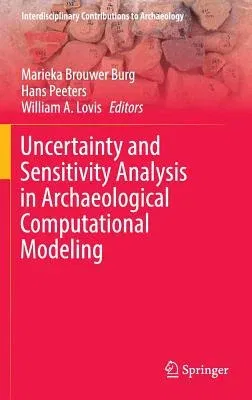This volume deals with the pressing issue of uncertainty in
archaeological modeling. Detecting where and when uncertainty is
introduced to the modeling process is critical, as are strategies for
minimizing, reconciling, or accommodating such uncertainty. Included
chapters provide unique perspectives on uncertainty in archaeological
modeling, ranging in both theoretical and methodological orientation.
The strengths and weaknesses of various identification and mitigation
techniques are discussed, in particular sensitivity analysis. The
chapters demonstrate that for archaeological modeling purposes, there is
no quick fix for uncertainty; indeed, each archaeological model requires
intensive consideration of uncertainty and specific applications for
calibration and validation. As very few such techniques have been
problematized in a systematic manner or published in the archaeological
literature, this volume aims to provide guidance and direction to other
modelers in the field by distilling some basic principles for model
testing derived from insight gathered in the case studies presented.
Additionally, model applications and their attendant uncertainties are
presented from distinct spatio-temporal contexts and will appeal to a
broad range of archaeological modelers. This volume will also be of
interest to non-modeling archaeologists, as consideration of uncertainty
when interpreting the archaeological record is also a vital concern for
the development of non-formal (or implicit) models of human behavior in
the past.

